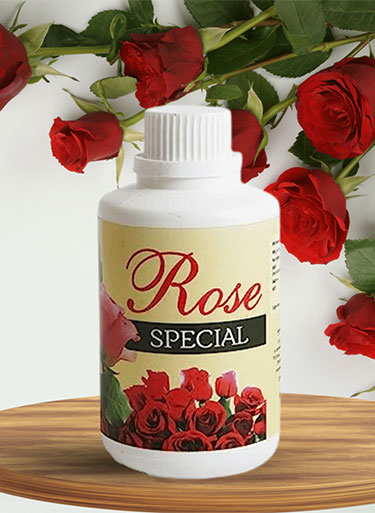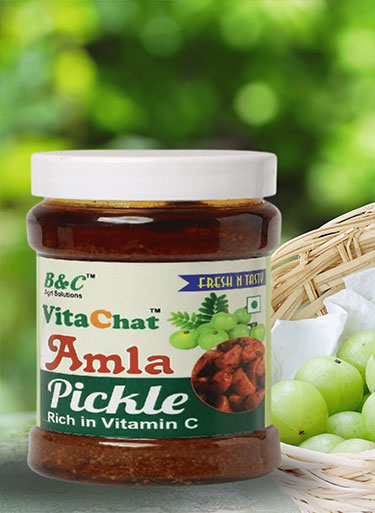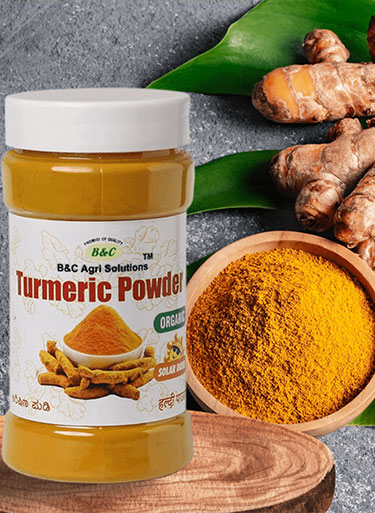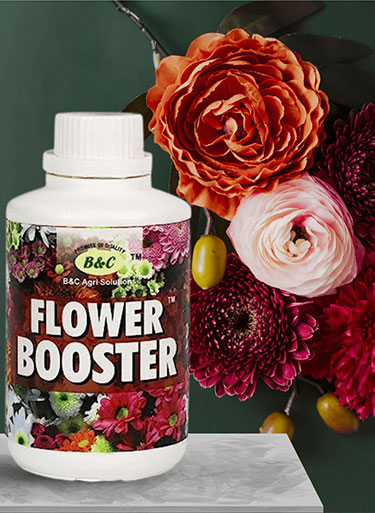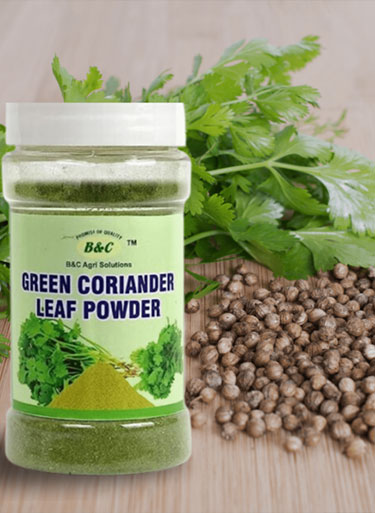If you’re dreaming of lush, fragrant roses bursting with vibrant blooms, one question inevitably arises: Which is better for roses—liquid or granular fertilizer? Understanding the pros and cons of each can help you choose the best liquid rose fertilizer or granular product to keep your garden thriving.
The Benefits of Liquid Rose Fertilizer
Liquid rose fertilizer offers several unique advantages. One of the biggest benefits is fast nutrient delivery. When applied to the soil or as a foliar spray, liquid fertilizers quickly reach plant roots and leaves, offering near-instant nourishment.
Products like B&C Agri Solutions Rose Plant Liquid Food Fertilizer deliver balanced nutrients tailored to promote strong stems, lush foliage, and abundant blooms. Many gardeners consider such products among the best liquid rose fertilizers for consistent growth and flowering.
An exciting bonus? Options like liquid seaweed for roses add natural growth hormones, trace minerals, and stress-resistance properties, giving roses an extra boost without synthetic chemicals. If you prefer eco-friendly gardening, organic liquid rose fertilizer is an excellent choice, combining fast action with sustainable ingredients.
Granular Rose Fertilizer: Slow and Steady
Granular fertilizers work differently. These solid pellets release nutrients gradually as they break down in the soil. This slow release provides long-lasting feeding, reducing the need for frequent applications.
Granular options are convenient for busy gardeners who want to “feed and forget.” However, they’re not as quickly absorbed as a liquid fertilizer for rose plants, and over-application can sometimes cause nutrient burn if not measured carefully.
Which Should You Choose?
Choosing between rose fertilizer liquid and granular products often comes down to your gardening style:
- Choose liquid rose fertilizer if:
You want fast results for blooming and foliage health.
You’re correcting nutrient deficiencies.
You prefer foliar sprays for quick absorption.
You like organic options like liquid seaweed for roses. - Choose granular fertilizer if:
You want slow, steady feeding.
You have limited time for frequent applications.
You’re maintaining already healthy plants.
For many rose enthusiasts, a combination of both fertilizers works best: granular for baseline nutrition, and liquid fertilizer for timely boosts during critical growth or flowering phases.
Ultimately, the best liquid rose fertilizer ,like B&C Agri Solutions Rose Plant Fertilizer—can help transform your garden into a spectacular sea of blooms, delivering the nutrients your roses crave quickly and effectively.



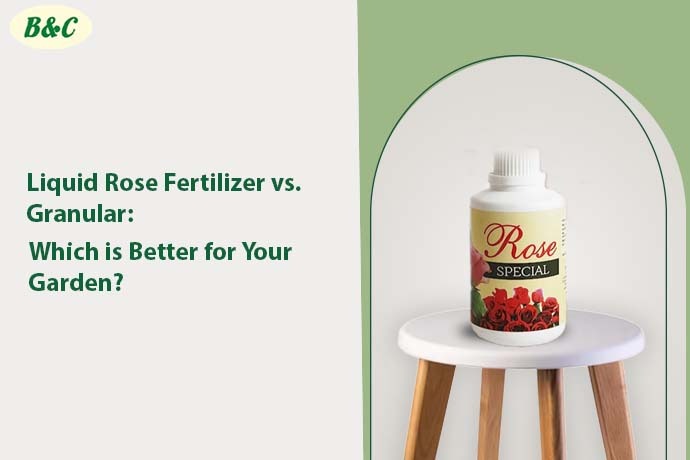
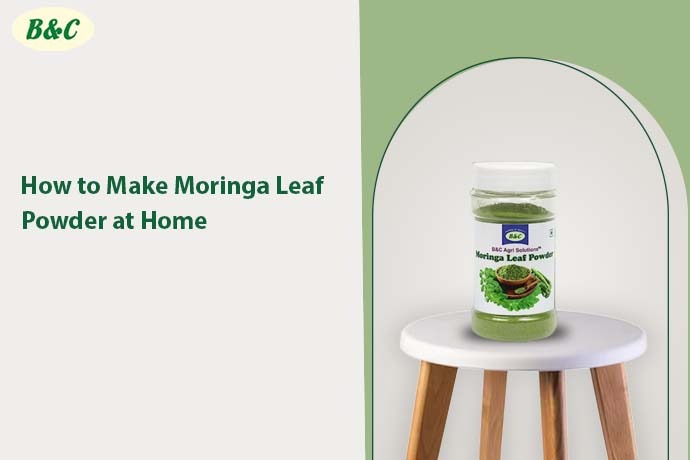
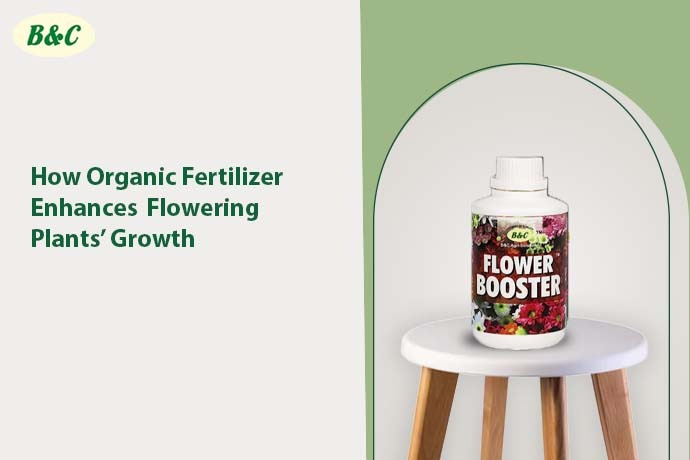
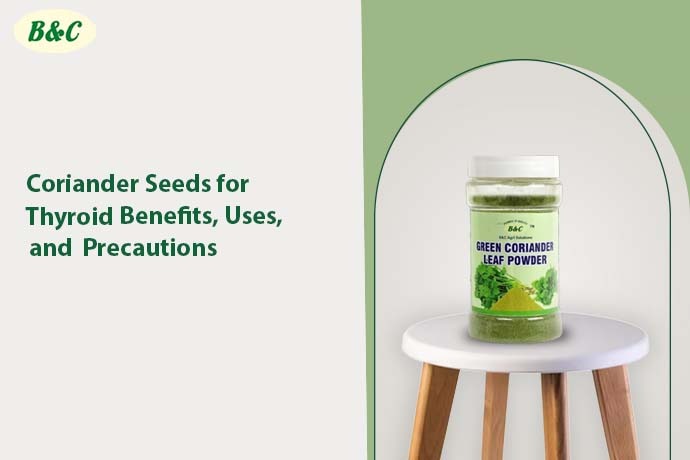
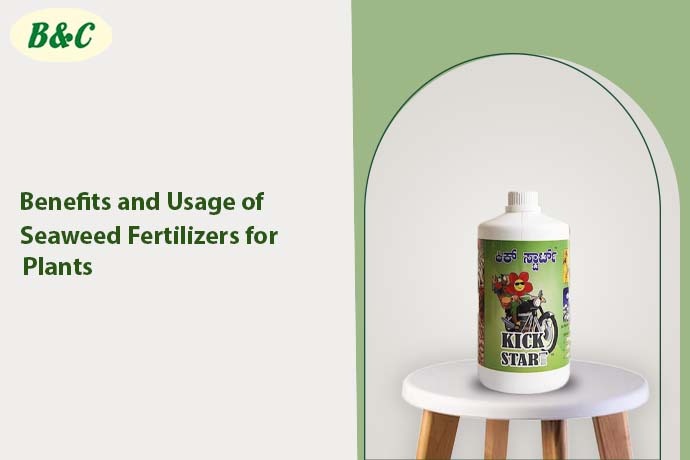
 vitachatorganic
vitachatorganic